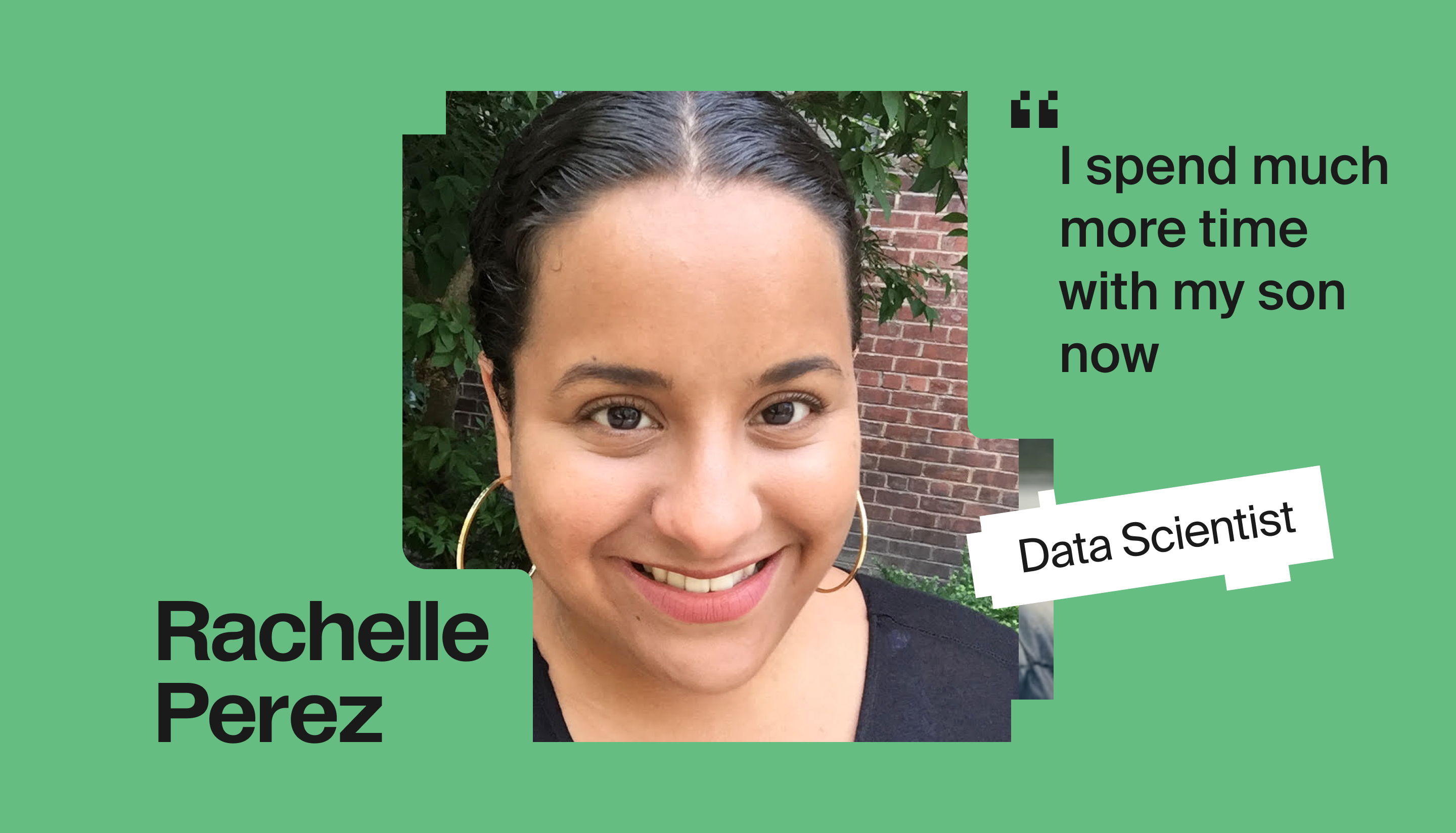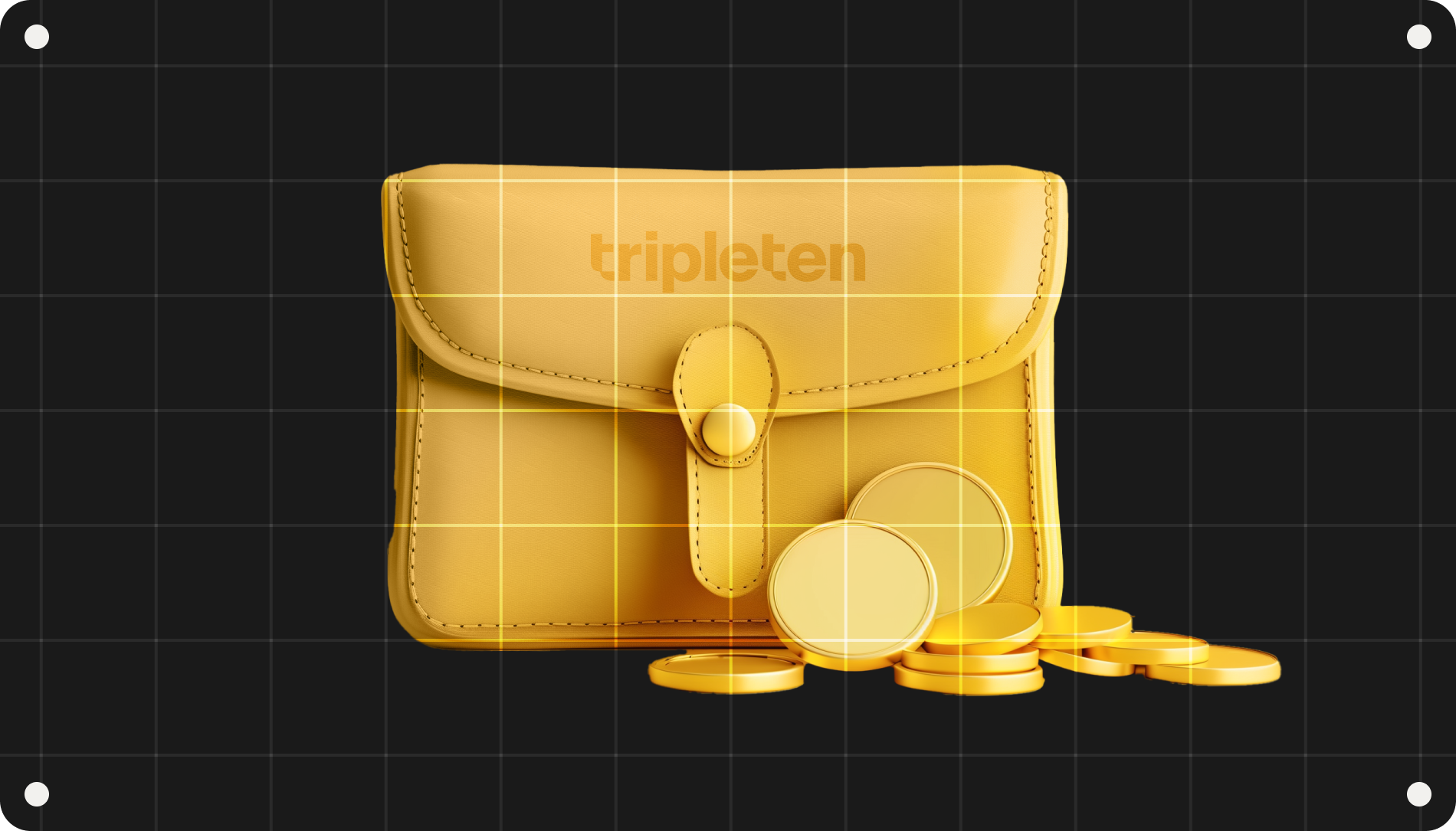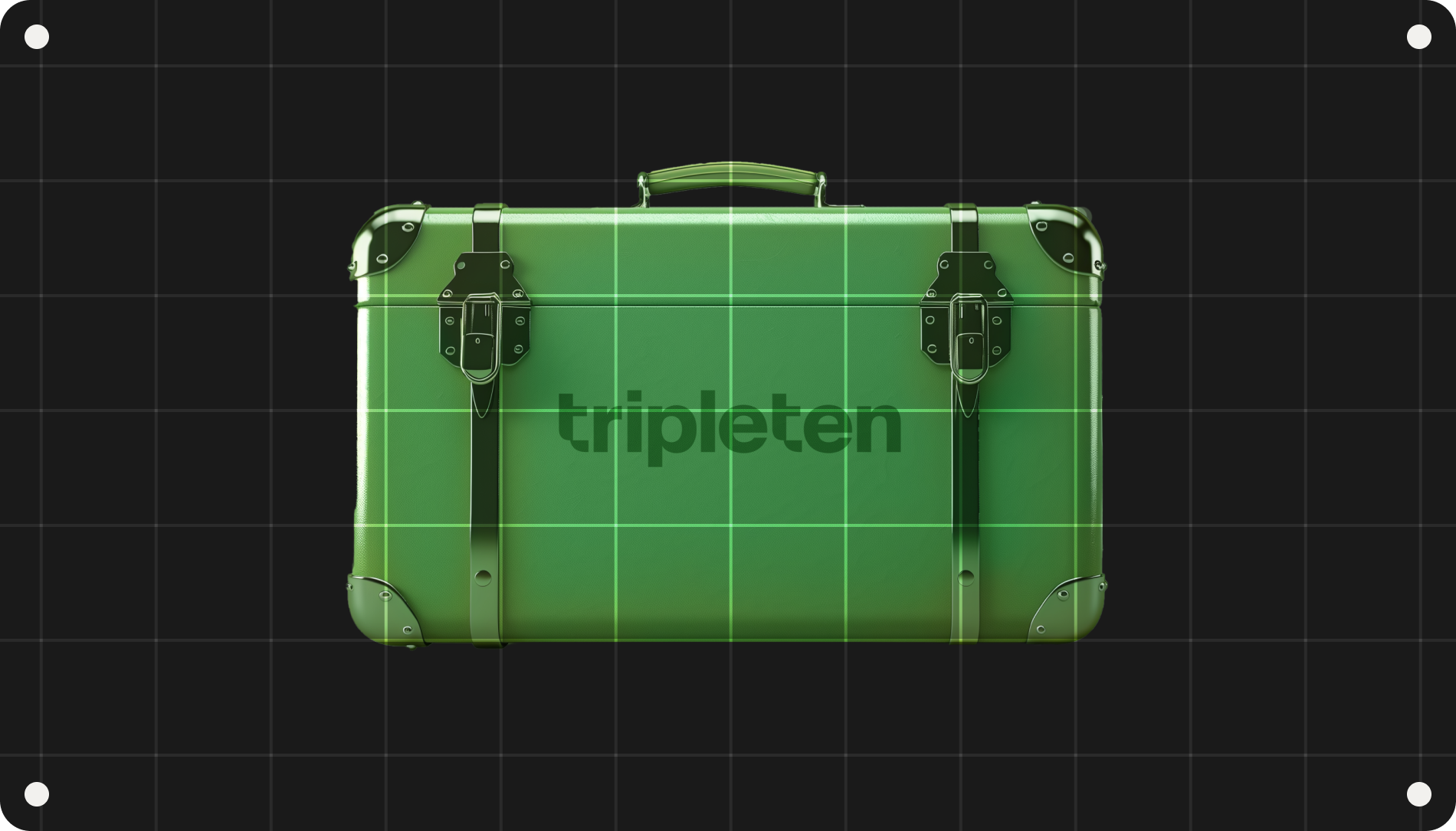If you’ve been looking into data professions, you might have found yourself lost in vague, mealy-mouthed definitions of the differences between “data analyst” and “data scientist.” The first thing we’ll say is: hey, friend, we feel your pain. And we’ll let you into a quick secret that’ll help you see why so many people hedge here: even when you do get that more nuanced understanding of how data analytics differs from data science, when you get into the workforce, you might find yourself doing very data analytics-y things in a data science role and sometimes vice-versa.
So what is the difference between data science and data analytics? How much programming you do and how you use data, mostly. But let’s get into more detail so you can figure out which of these two career paths is right for you.
Data Analyst vs. Data Scientist: Key differences
Data analysis
What is a data analyst?
Primary tasks and responsibilities
The convenient thing about being a data analyst is that your primary task is in your job title — no “Lead Vice-Manager of Logistics Enablement” here. Data analysts, well, analyze data. They dig into data and create reports that present conclusions on the efficacy of actions as well as provide predictions and recommendations on what to do next. As part of this, they spend a lot of their time interfacing with stakeholders and business leaders to help guide the company’s strategy.
Required skills and tools
Skills:
- Communication
Data analyst roles focus heavily on expressing insights to stakeholders, some of whom might not have in-depth technical knowledge. Communication skills will help you express your ideas to people across your organization.
- Data preprocessing and analysis
People in data professions will find themselves inundated with noisy unstructured data. To make it useful, it needs to be cleaned up and transformed into a unified format. From there, they can extract insights by applying various data exploration and elucidation techniques.
- Data visualization
You’ve cleaned the data, used your analytical skills to synthesize remarkable findings, but now you need to present your recommendations. Compelling and easy-to-understand data visualizations will be your secret weapon here.
- Problem-solving
Each dataset you get will have its own quirks, and each task you’re given will have its unique goals. Having a developed and creative approach to problem-solving will help you apply the right methodologies and techniques to novel problems.
- Basic programming / technical know-how
In what tools exactly? We have some recommendations below. They deserve their own section.
Tools:
- Tableau
This is a key data visualization tool with robust customization capabilities.
- Power BI
Similar to Tableau, this is another data visualization tool. It integrates more easily in Microsoft environments, as it itself is a Microsoft product.
- SQL
This is the prime language that people use to interface with databases, and as a data analyst, you’re going to need to know how to access and alter entries in databases. (By the way, you can also learn it for free)
- Python
This programming languageIs Programming Hard? Make It Easy with Python is often the main one used in data professions. It’s easy to learn and powerful. However, data analysts tend to use it in a more basic way.
- Excel
This spreadsheet app is ubiquitous in business for a reason: it’s a great tool for a wide swath of data applications.
Typical projects
Across industries, your specific tasks will vary. For example, if you end up in healthcare, you might find yourself analyzing patient outcomes, searching for ways to improve the delivery of care, or digging into patient satisfaction. In education, you might look into student performance, provide insight on the effectiveness of teaching methodologies, or discover emerging trends in learning preferences.
Where there is data, there is a need for data analysis. And especially in our modern world defined by big data, people with skills in data can find themselves making a measurable impact in diverse industries. In addition, because these skills make such a difference to so many companies, knowing data analytics helps future-proof your career. That’s just one of the reasons Pedro Gomes switched to data analyticsFuture-Proofing a Career: Pedro Gomes’s TripleTen Story.
Student's Real-Life Experiences for Inspiration
Data science
What is a data scientist?
Primary tasks and responsibilities
The first stages of work for data scientists resemble those for data analysts. In both, people take raw data, clean it up, and make it usable. But then data scientists go further. They take this data and use it to construct and train models that make predictions. This involves choosing the right algorithmic approach, assessing model performance, and reinforcing the system when it produces proper outcomes.
But while the bulk of the job is about this code- and math-heavy work, it’s not the exclusive thing a data scientist will find themselves doing day-to-day. For example, they also work with software engineers to build tools that can process data. And naturally, they still have meetings to ensure that their projects align with company goals and that they’re up-to-date on team progress.
Required skills and tools
Skills:
- Machine learning
Since data scientists spend so much of their time crafting algorithms, they need to have skills in machine learning topics such as anomaly detection, deep learning, and model evaluation, among many others.
- Math knowledge
The algorithms that define the profession aren’t powered by vibes, they’re powered by math. Because of that, skills in probability theory, descriptive statistics, regression analysis, and time series analysis help data scientists craft better systems.
- Data preparation
Since good data is the foundation of both data analysis and data science, this skill overlaps for both professions. But for data science, the cleaner and more unified the data is, the better models it will produce.
- Data ethics
Data scientists need to operate with regulations in mind such as GDPR and HIPAA, which regulate data management to keep sensitive information from leaking to bad actors. In addition, when they train models that will make impactful decisions, they need to operate with an eye towards equity. We go into more detail in our article about ethics and AI.
- Thorough programming / technical know-how
This is a core skill for data scientists, so again, we go into more detail below.
Tools:
- Python
This is the programming language in which a good deal of machine learning models are written. It’s flexible, remarkably easy to learn, and is useful across industries.
- R
This language focuses on statistical analysis. Its applications are narrower than those for Python, but it is absolutely crucial when it comes to stats.
- SQL
Data scientists need data. SQL is the language that lets them interact with where it lives — on databases.
- Data warehouses
Since the uses of data are more profound in data science, people here need to have a more in-depth understanding of warehousing and how it relates to extract, transform, and load frameworksA Brief Guide to Data Loading, Cleaning, and Exploration (Part 1).
- Machine learning libraries
Libraries extend the capabilities of coding languages and streamline their use. For data scientists, this means they often use machine learning libraries such as NumPyNumPy: Work With Large Arrays of Numbers in One-Two-Three, PandasWhy Data Analytics Is Impossible Without Pandas, and scikit-learn.
Typical projects
The exciting thing about data science projects is that you probably have already used a few. For example, that algorithm that surfaced a new song in your music app? That was powered by data science. That video recommendation system? Yup, data science once again.
But, just as with data analytics, data science projects can go so much further than these easy-to-recognize iterations. For example, data scientists might develop machine learning models to detect fraud and protect financial institutions. They can also develop models to improve logistics and supply chains within food distribution, say. When models make predictions and help the right amount of food get delivered to the right places at the right times, more people get access to nutrition and less of it is lost to waste.
Machine learning algorithms can also improve healthcare outcomes. LYNA (Lymph Node Assistant) from Google can spot specific types of tumors that might metastasize to a patient’s lymph nodes. Humans have trouble identifying these cells, but in one trial, the algorithm caught these cancers 99% of the time.
Student's Real-Life Experiences for Inspiration
Key differences
Likely, at this point, you can already spot some key differences. But let’s precipitate it to something concrete. When we talk about data analyst vs data scientist, what we’re really talking about is the difference in what these people do with the data as well as how programming-heavy their roles are.
Data analysts do need technical skills. However, their understanding of Python doesn’t need to be as profound as might be expected from someone in a data scientist role. In terms of how data analysts apply the tech, they focus on hypothesis testing, exploratory data analysis, and predictive analysis. This is about extracting data they can present to enable data-driven decisions.
And this leads us to the next difference: they help people make decisions. Their data visualizations as well as their skills in communication are about gaining insights from which people within their organization can make better decisions.
This is as opposed to data scientists. They apply data to build models that make decisions themselves without overwhelming human intervention. Their role is much more heavy on computer sciences, and they spend much more time talking to software engineers than they do talking to business leaders (although, again, they do still interact with people throughout the company — communication is key to any tech role).
Because of this, their skill set is much more tech-focused, and their expertise in how to use programming languages needs to be much more detailed, often extending to understanding interactions with databases and having a grasp of additional tech such as machine learning libraries. This also means that, often, data scientists have a much stronger background in math and programming.
For example, one TripleTen gradHow an Immigrant Landed a Career in the US: Evgeniia Unzhakova’s TripleTen Story came to us after working as a math teacher. But if you don’t have that academic background, don’t worry — you can absolutely make it in a career in data science. Another one of our graduatesFrom Tourism Sales to Data Science at Spotify: TripleTen Grad Rachelle Perez Lands a Career in Tech is now working at Spotify after switching from a career in tourism sales.
Like data and using it as you interact with people? Then a role in data analytics might be right for you. Curious about developing AI? Go for data science.
Salary expectations
When you’re debating what path to choose: data scientist vs data analyst, compensation can be a real consideration. As you’ll see, data science salaries tend to be higher than those of data analysts. This is the result of numerous factors including the more technical skill set of data scientists, the tendency of people in data science to further specialize and thus acquire rarer technical skills, and the reality that some data analysts go on to become data scientists, skewing the data analyst information to potentially include a higher number of people who are earlier in their careers.
And one caveat to add: in tech, salary does not always correlate to pay. Often, in roles like this, you’ll receive additional forms of compensation such as bonuses, stocks, or variable pay, by which people earn additional money based on commissions or the company’s growth, for example.
In any case, here are average salaries organized by experience. All data is sourced from Glassdoor. As mentioned, the total pay for each is higher when other factors are included.
Career perspectives and opportunities
One thing that these professions do share is that they’re both expected to grow over the next ten years. For example, the U.S. Bureau of Labor Statistics expects data scientist employment to grow by 35% by 2032, far exceeding the average of 7.7%. Then, while “data analyst” is not a job tracked by the Bureau, we can get a sense of future prospects by looking at jobs that require data analysis skills. For example, market research analyst jobs are expected to grow by 13%. So, when discussing data science vs data analytics, in terms of job growth, both are great ways to go.
So the macro signs for the professions are good. But even within the professions, growth is easy to come by. As we mentioned, data analysts can progress into a data science role, but that isn’t the only next step open to them. For example, they can choose to specialize and become risk analysts, who are in high demand in finance and insurance.
Likewise, data scientists can also advance into a more finance-focused role such as quantitative analyst, otherwise known as quant, in which position they’ll use their math and programming skills to craft predictive financial models.
And for both, senior roles abound, so even without choosing a niche, your career can grow.
Can a data analyst become a data scientist?
Yes, with additional training. Data analysts enable data-driven decisions, essentially helping people make decisions. Meanwhile, data scientists build models that make decisions independently, with less human intervention.
To switch roles, you should brush up on math and statistics, learn programming languages for data science, explore machine learning, gain experience by working on projects, and network with other data scientists. In either case, the first step is to learn the basics of data. TripleTen can help. Check out our Data Science Bootcamp for more.
Which is harder, a data scientist or data analyst?
It really depends on what you're good at, as well as your background, skills, and education. If you're great with numbers and coding, data science might feel easier. But if you excel in business and communication, data analysis could be a better fit. Both roles require continuous learning and adapting to new tech.
Not sure which career is right for you? Take our 2-minute quiz to find out!
Start your data career
In either case, the first step is to learn the basics of data. TripleTen can help. Check out our Data Science Bootcamp, and if you want to hear from people who’ve made the switch to tech, listen to our podcast.
.png)






.png)







.png)






